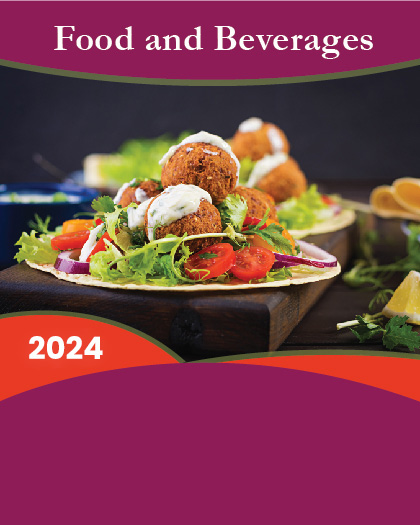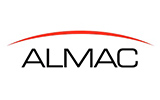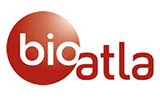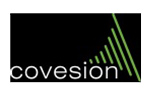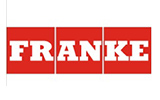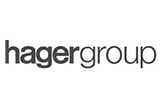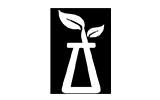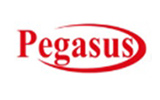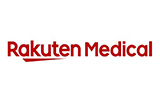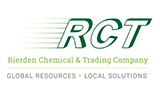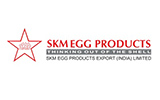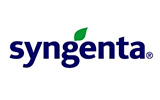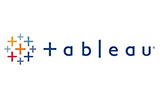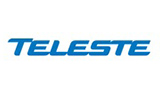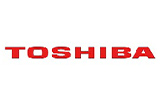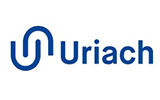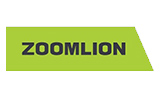
The global Coffee and Tea Processing Equipment market size in 2022 is 292270.6 million US dollars, and it is expected to be 448247.6 million US dollars by 2029, with a compound annual growth rate of 6.30% expected in 2023-2029.
MARKET COMPETITIVE LANDSCAPE:
The main players in the Coffee and Tea Processing Equipment market include Marel (Iceland), GEA Group (Germany), B?hler (Switzerland), JBT (U.S.), and The Middleby Corporation (U.S.). The share of the top 3 players in the Coffee and Tea Processing Equipment market is XX%.
REGION SHARE:
The report covers the market size information of North America, Europe, Asia Pacific, Latin America, Middle East and Africa, and North America accounted for XX%, Europe accounted for XX% of Coffee and Tea Processing Equipment market, and Asia Pacific accounted for XX%.
SEGMENT OVERVIEW:
The report segments the market by Type and Application. Coffee bean sorting machines accounted for XX% of Coffee and Tea Processing Equipment market in 2022. Coffee pulping machines share of XX%.
Sorting accounted for XX% of the Coffee and Tea Processing Equipment market in 2022. Sifting accounts for XX%.
Competitive analysis such as market structure, market share by key players, player positioning, top winning strategies, competitive dashboard, and company evaluation quadrant has been covered in the report. Also, detailed profiles of all major companies have been provided.
COVID-19 Impact:
Outbreak of COVID-19 pandemic due to lockdown restrictions imposed by governments around the world has affected the growth of the global Coffee and Tea Processing Equipment market in 2020. The containment measures taken by the governments of various countries in response to control the outbreak of COVID-19 disrupted the entire supply chain by creating logistical interruptions, transportation restrictions, and product supply across borders.
The report analyzes the key trends in each segment of the global Coffee and Tea Processing Equipment market along with global and country-level forecasts from 2023 to 2028. Our report segments the market based on types and applications, thereby providing a detailed analysis of the market to help gain an in-depth understanding of the market and enable market participants, stakeholders, investors, etc. to have a clearer understanding of the market and judgment.
Key benefits to stakeholders:
The report provides a comprehensive quantitative analysis of various segments, historical and current market trends, market forecasts, and dynamics of the Coffee and Tea Processing Equipment market for 2017-2028.
The research report provides the latest information on the market drivers, challenges and opportunities of the global Coffee and Tea Processing Equipment market.
The study profiles the leading as well as the fastest growing regional markets. It further enables stakeholders to identify key country-level markets within each region.
Porter's Five Forces Analysis helps stakeholders assess the impact of new entrants, competitors, supplier strength, buyer strength, and threat of substitution. It helps stakeholders analyze the level of competition in the Coffee and Tea Processing Equipment industry and its attractiveness.
The competitive landscape enables stakeholders to understand their competitive environment and gain insight into the current position of the key players in the market.
Chapter Outline
Chapter 1: Introduces the product overview, research purposes, and then includes economic analysis of global regions, inflation analysis, and the impact of the Russian-Ukrainian war on the market.
Chapters 2-4: Segmented the global Coffee and Tea Processing Equipment market by type, application and region. Analyze the revenue of market segments from different perspectives.
Chapters 5-9: Provide North America, Europe, Asia-Pacific, Latin America and Middle East & Africa Coffee and Tea Processing Equipment market type, application and country market segmentation data.
Chapter 10: Analysis of the competitive environment of Coffee and Tea Processing Equipment market participants. This mainly includes the revenue and market share of the top players, along with the players' M&A and expansion in recent years.
Chapter 11: Analyzes the main companies in the Coffee and Tea Processing Equipment industry, including their main businesses, products/services, revenue, gross margin, and the latest developments.
Chapters 12-14: Provide detailed Coffee and Tea Processing Equipment market forecast data, broken down by type, application, and region to help understand future growth trends.
Chapter 15: Introduces the market dynamics, the trends factors and drivers factors of the market, and the challenges and restraints faced by manufacturers in the industry.
Highlights-Regions
North America
United States
Canada
Europe
Germany
France
UK
Italy
Russia
Spain
Nordic
Asia Pacific
China
Japan
South Korea
India
Southeast Asia
Australia
Latin America
Brazil
Mexico
Argentina
Middle East & Africa
Egypt
South Africa
UAE
Turkey
Saudi Arabia
Player list
Marel (Iceland)
GEA Group (Germany)
B?hler (Switzerland)
JBT (U.S.)
The Middleby Corporation (U.S.)
Heat and Control, Inc. (U.S.)
Alfa Laval (Sweden)
TNA Australia Pty Ltd. (Australia)
Bucher Industries (Switzerland)
Equipamientos C?rnicos, S.L (Spain)
Clextral (France)
SPX FLOW (U.S.)
Bigtem Makine (Turkey)
FENCO Food Machinery (Italy)
Krones Group (Germany)
Finis Meat and Coffee and Tea Processing B.V. (Netherlands)
Bettcher Industries, Inc. (U.S.)
Anko Food Machine Co. Ltd. (Taiwan)
Heat and Control, Inc. (U.S.)
BAADER (Germany)
Dover Corporation (U.S.)
Types list
Coffee bean sorting machines
Coffee pulping machines
Coffee processing plant
Coffee huller
CTC Tea Processing Machine
Orthodox Tea Processing Machine
Application list
Sorting
Sifting
Rolling
Fermenting
Drying

